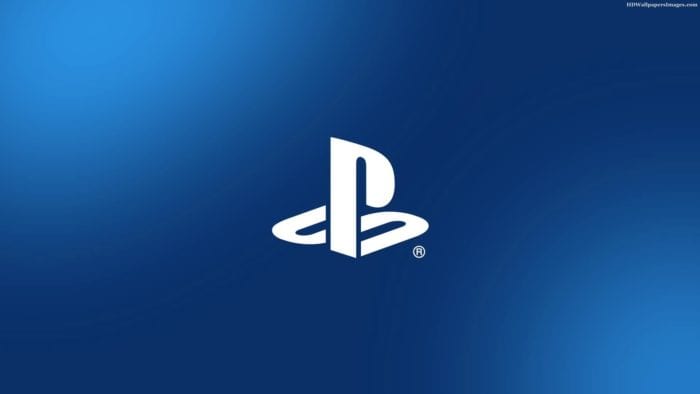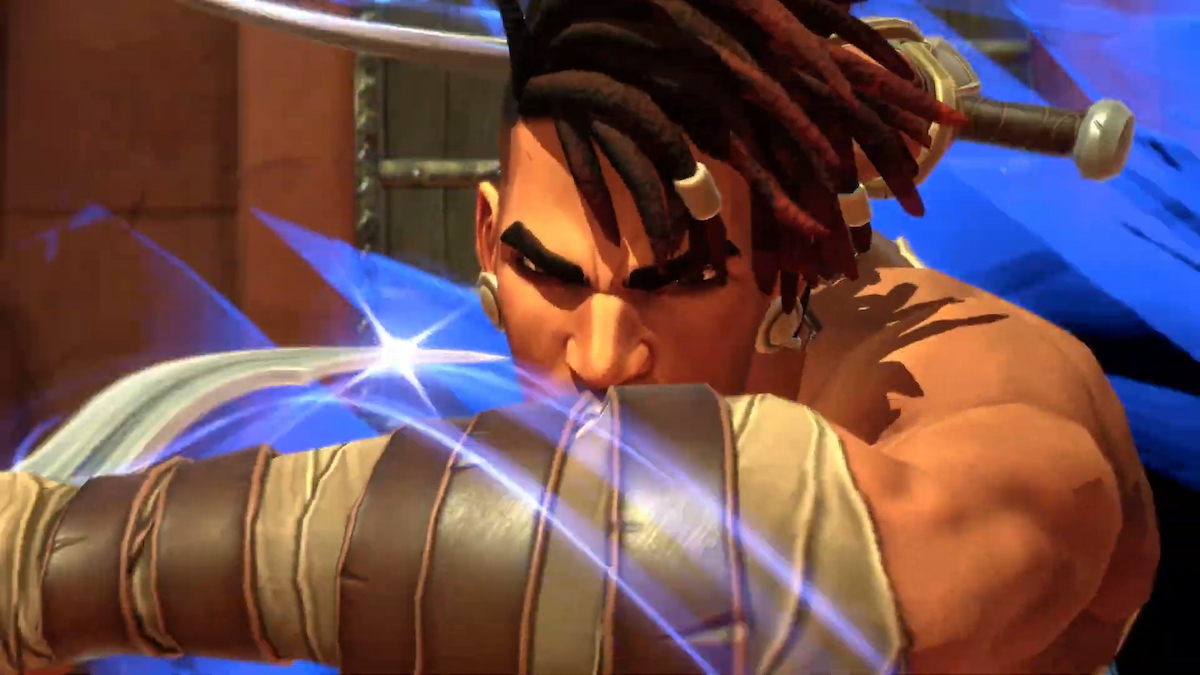New Hardware
Hardware is where Sony put a lot of its focus in 2016. Leading up to this year, the company made its intentions on entering the VR market quite clear. It was given all the support and marketing that the PS4 itself received just a couple of years prior, and they finally released their headset, the PSVR, back in October. It’s the most affordable device for those looking for a more high-end experience since the PC requirements for VR are still relatively costly and you have to deal with more expensive headsets. There were also some decent games released alongside the device to show that Sony meant business.
But it wasn’t only about VR this year. There had been rumors swirling around about both Sony and Microsoft developing mid-generation consoles that would be beefed up versions of what consumers already had access to. The reported “PS4 NEO” was revealed in September to be the PS4 Pro, and released shortly after in November. A console capable of 4K gaming, HDR, and with upgrades that allow developers to decrease load times, update visuals, or even adjust framerates. Not to mention, this more powerful console also complements the PSVR, putting Sony in a great position to market their newest platform.
The new hardware isn’t without its issues, though. PSVR is a solid entry point for technophiles to jump in for a relatively low cost when compared to other high-end devices. For $800, you can get a PS4 and a headset and not have to worry about any drivers or upgrading any hardware. It’s just that the library leaves a bit to be desired. The PS4 Pro faces a larger hurdle, as it’s reliant on what kind of display you have. 4K televisions are growing in popularity, but they aren’t the norm just yet even though Sony is confident that they soon will be. On top of that, there is no consistency between software offered. Developers can use the extra power as they see fit, and they aren’t all using it the same way. Hopefully, in time, we see a bit more uniformity across games optimized for Sony’s newest hardware. Solid framerates, higher resolutions, fast load times, and more that weren’t possible on the standard hardware.
Not much time has passed since the newest members of the PlayStation family released, but neither is looking like a failure thus far. Both have been well-received by critics and fans, though there are still a few kinks to iron out in each, but it has laid a nice foundation for the coming months.
New Releases
Sony has some really solid franchises in its stable. While there weren’t a ton of first-party exclusives, the few that did make it out of the gate received high praise. Uncharted 4: A Thief’s End was a gripping conclusion to the adventures of Nathan Drake. The Ratchet & Clank remake not only stands as one of the prettiest games of the year, but it’s also pretty darn fun to boot. The game currently in the spotlight is the long-awaited The Last Guardian. After years of development, a change in platform, and some worrisome cancellation rumors, players can now meet Trico, arguably the most lifelike video game companion ever created.
To help bolster the lineup, Sony once again relied on third-party deals to keep a steady feed of games. Capcom brought Street Fighter V to consoles exclusively on the PS4, and while it didn’t have the smoothest of launches, it’s one of the best technical fighters on the market right now. The continued relationship with Activision and Bungie gave players reason to turn back to their PS4s once Destiny: Rise of Iron released, and there have been plenty of JRPGs and solid multi-platform titles to keep players locked in.
The Vita
This year was another sad one for Vita enthusiasts, at least in the West. Even though the company continues to stress that they are going to support the console, it’s difficult to notice while they’re pushing everything else ahead of it. This year was all about the PSVR, with PS4 Pro sharing the spotlight during the later months.
We did finally get some Vita game announcements during PSX, but by that point it was too little, too late. The handheld is in an interesting predicament, as it is still relatively popular in Japan, but the support on this side of the world has been lackluster. Sony is going to have to make a decision on whether or not they’re really going to get behind their device or cut their losses. The company could benefit by focusing on hardware that’s gaining traction, unless they find a way to provide the same support to the Vita as they have with their other endeavors.
E3 and PSX
Sony has consistently gotten better with their conference delivery. If you go back a few years, you’ll see these shows focus on figures or trying to convince you that watching TV shows and movies on your PlayStation is the hip thing to do. With the PS4, they learned that people just want to see the games.
The company still brings out its cast of executives, but they serve mostly as clear transition points to introduce the next stream of tantalizing trailers and demos. E3 showed off some stellar games while once again giving fans a nostalgia trip they wouldn’t be able to forget in the form of Crash Bandicoot remastered. 2015 brought the long requested announcement of the Final Fantasy VII remake, so the company kept its streak up by bringing another passed over game to the forefront. God of War wowed everyone in attendance with a new take on a long-time Sony franchise. Days Gone looked like a cross between The Last of Us, World War Z, and I Am Legend with its hordes of zombies, and Resident Evil VII took the same horror themes but brought them back to their classic roots with slow, terrifying gameplay.
Sony still had another big surprise in store, though, when they revealed an exclusive Marvel and Insomniac Games collaboration: Spider-Man. One of the biggest, and weirdest, announcments of all, though, was easily the return of Kojima with his new collaboration with Sony, Death Stranding. The trailer showed Norman Reedus, a bunch of death sea-life, and a mysterious baby, and that was all we needed to know that Kojima was back to his old self. All of this was cradled by some stunning indie titles and VR experiences to get players excited for the hardware releasing later in the year.
PSX closed the year off with a bang, keeping the game focus upfront during the company’s final major show of the year. The conference started off a bit slow with some attractive indie titles as it slowly began building momentum. Yakuza Kiwami started kicking up the pace with its complete remake of the first Yakuza title, that was followed by new features in Pyre (the next release from the critically acclaimed studio, Supergiant Games). Then Danganronpa V3: Killing Harmony and NieR: Automata showed off some more intriguing craziness in the pipeline.
Nostalgia reared its head again, this time as the full reveal of Crash Bandicoot N. Sane Trilogy, completely remastering the first three games in the Crash series, followed by remasters of PaRappa the Rapper, Patapon, and Loco Roco. Uncharted 4, the final entry in the long-running masterpiece from Naughty Dog, got some love, too, in the form of DLC called Lost Legacy that brings Chloe and Nadine together for a new adventure. The show continued to build up until an epic close that came in the form of The Last of Us Part II.
We all remember the cringe-worthy shows that Sony used to provide, so this year’s events were a breath of fresh air and a sign of feedback-led improvement.
A Strong Year That Set Up the Future Quite Well
Sony as a whole is taking the PlayStation brand quite seriously, really expanding on it in new and exciting ways these past months. Strong triple-A titles such as The Last Gaurdian and Uncharted 4: A Thief’s End showed that first-party still has what it takes to deliver memorable experiences. There was even something for the family in the form of Ratchet & Clank, which was not just a good game for younger players, but a great showing overall, even among stiff competition.
A lot of Sony’s work this year, though, won’t really see a payoff until 2017. PSVR is still in its relative infancy, with some fun titles but no true killer app just yet. The PS4 Pro as well will have much stronger games to show off its capabilities in the future.
Many of the games that have fans chomping at the bit – Horizon Zero Dawn, The Last of Us Part II, Uncharted 4’s story DLC, Spider-Man, and Crash Bandicoot – will get more time in the spotlight come next year. Heavy hitters like Final Fantasy VII Remake, Shenmue III, and Detroit: Becoming Human are lying in wait as well. It was a smart play to spend the year forming a hardware foundation for incoming projects, while still delivering a worthy lineup of titles to play now.










Published: Dec 23, 2016 09:07 am